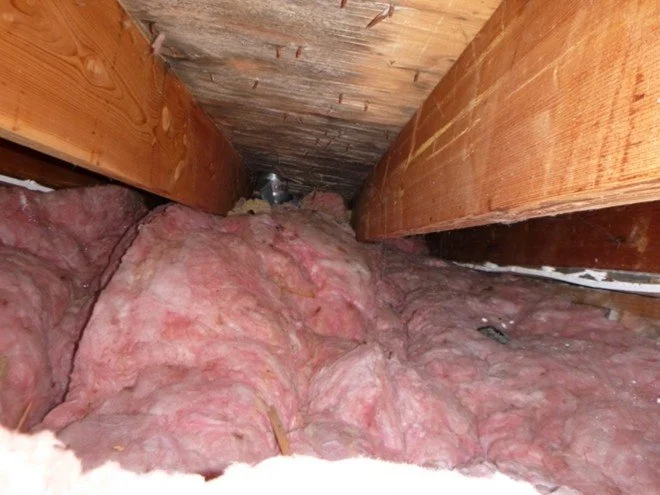Building codes across the country require bathroom venting. While most think that a bathroom fan is primarily installed to remove unpleasant odors (which, thankfully, it does!), that fan actually has a far more important role to play. The home inspection professionals at HomePro Inspections offer the following information to help you understand the main reason for a bathroom fan and its vital function to remove moisture from the bathroom and safely vent it out of the house.
A Bit of Perspective
For many, many years, homes were typically built with just one window in the bathroom. That was usually fine because those older homes were generally not very airtight and usually only contained a bathtub, sink, and toilet. Over time, homeowners renovated and added a shower to the bathroom. Because of its convenience, bath day turned into a daily shower ritual as the family grew. Showers create a lot of humidity, and if everyone in the family showered every day, the bathroom could get extremely steamy. The solution was to install a bathroom fan to help exhaust the excessive moisture out of the bathroom. Unfortunately, some contractors and DIY homeowners took the easy route and vented the bathroom fan directly into the attic space instead of the exterior of the home.
The outlet of a bathroom fan directed into the attic space
The Downside of Venting the Bathroom Fan into the Attic
Over time, the excessive humidity and moisture vented into the attic can begin to cause structural and health issues. Instead of being vented directly to the exterior of the house, the moisture condenses on interior roofing structures and sheathing. This accumulation of moisture creates a highly conducive environment for mold and mildew to grow and thrive. In many cases, dry rot and mold colonies have been found in the roofing structure and sheathing.
In the 1990s, as building design and construction practices changed, building codes also began to change. One of these changes is the requirement that a bathroom fan vent directly to the outside of the home. Since that time, as building practices continue to evolve, the requirements for bathroom ventilation have also continued to evolve.
Modern Attic Design and Purpose
Today’s attics are designed to allow excess heat to escape. Typically, vents are installed at the soffits for air intake and near the peak for exhaust. These can include roof vents, ridge vents, turbines, or thermostatically controlled power vents. When functioning properly, air enters from the lower soffit area, rises through the attic, and exits via the peak vents.
Occasionally, in an effort to improve energy efficiency, homeowners add extra insulation to the attic. It’s common in older homes for our home inspectors to find that soffit vents have been covered when insulation was added, which blocks proper airflow through the attic. While air can still move, the restricted airflow doesn’t allow for the efficient removal of excessive moisture. When our home inspectors encounter situations of poor attic ventilation, they usually find issues such as staining, deterioration on the roof sheathing, and rusted nails.
The photo below shows an exhaust vent that has become disconnected from the roof vent and is venting into the attic space near the soffit. The picture clearly shows the staining, deterioration on the sheathing, and the rust on the nails this problem has caused.
During a home inspection, if the attic space is accessible, our home inspectors check to ensure that a bathroom fan or kitchen exhaust is not venting into the attic. If we find any issues, they are documented as needing correction in our inspection report.
Conclusion
Venting your bathroom fan directly into the attic space is not recommended. It is acceptable to vent through the attic space from your bathroom fan to a proper roof vent using appropriate venting materials. In the end, when installed correctly, properly venting your bathroom fan will help reduce moisture problems in the bathroom without causing unintended issues in the attic.
Visit our website to learn more or to schedule your home inspection in the Rochester, Owatonna, and Faribault, MN area. You can contact us today at (507)202-8942, send us an email, or use our online “Schedule Now” feature to set up an appointment.



